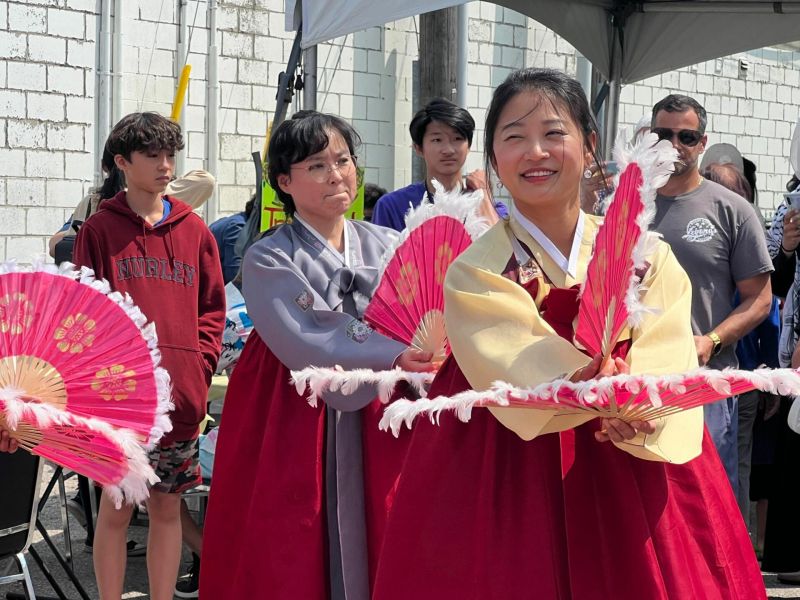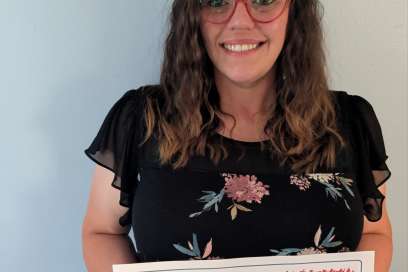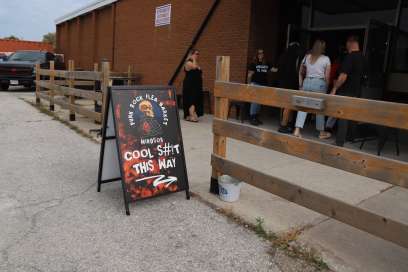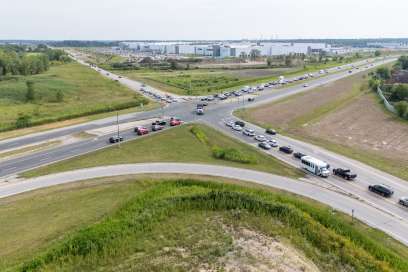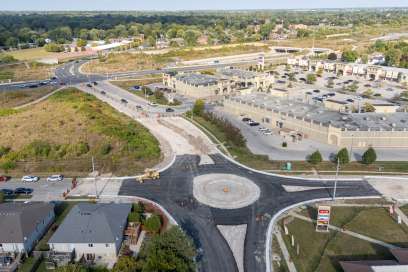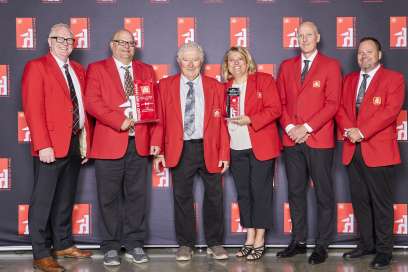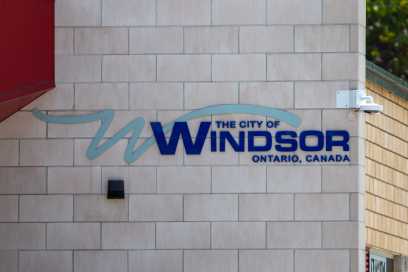Honouring Indigenous History Month
Saturday June 5th, 2021, 11:00am
HONOURING INDIGENOUS HISTORY MONTH
The month of June is National Indigenous History Month — a time for all Canadians to celebrate and appreciate the unique histories, cultures, and contributions of First Nations, Inuit, and Metis people.
Recognizing the indigenous culture in our area is important because it is the basis of many traditions, customs, language and our connections to the land and life-sustaining resources. There are many interesting facts, attractions and points of interest here in Windsor Essex that relate to our Indigenous History. We encourage you to explore and learn while visiting the attractions listed here.
Indigenous History Sites in Windsor Essex
Point Pelee National Park is located on the traditional territory of the Anishinaabe, Haudenosaunee and Miami peoples. Archeological evidence indicates that First Nations had summertime settlements around Point Pelee’s marsh as early as 600 CE. The marsh’s aquatic life and wild rice provided them with food, as did the deer in the forest and the nuts from the black walnut and butternut trees.
When Treaty 2 of the Upper Canada Treaties (also known as the McKee Purchase) was signed in 1790, Chippewa people of the Caldwell First Nation occupied Point Pelee. The treaty meant its signatories — Chippewa, Odawa, Pottawatomi and Huron-Wendat First Nations — gave up their land for money and several small reserves. However, the Caldwell Nation’s two chiefs, Quineseas and Midwayosh Caldwell, did not sign the agreement on behalf of their band. In addition to the Caldwell Nation’s ancestral right to Point Pelee, the British government had also promised them ownership of both the point and Pelee Island in recognition of their service in the War of 1812.
Despite these claims on the land, members of the Caldwell Nation were gradually pushed off Point Pelee due to increased white settlement. Because they hadn’t signed a treaty, band members didn’t have a reserve of their own, and were forced to live on the reserves of other First Nations and in non-Indigenous communities. Under the leadership of chief Moses Caldwell, the band decided to assert their claim on Point Pelee by peacefully occupying the park. On 12 June 1922, 19 families arrived and set up camp.
While the protest was unsuccessful, the Caldwell Nation continued to press their claim to the land in Point Pelee National Park. In 2010, the band and the federal government finally reached an agreement: the band would receive $105 million and the opportunity to choose reserve lands. Since then, the band has purchased several parcels of land in and around Leamington. In November 2020, the first of these parcels of land received reserve status.
Point Pelee National Park recognizes they are on the traditional territory of the Three Fires Confederacy of First Nations, comprised of the Ojibwa, the Odawa, and the Potawatomi. Specifically, this is the home of Caldwell First Nation, and part of the house of Walpole Island First Nation. They acknowledge the caregivers of this land and all the moccasins that have travelled it over time.
There is little known about the history of the area prior to European contact. Several prehistoric aboriginal sites are known from within a few kilometers of present day Ojibway Park. It is postulated that these seasonal camps were positioned in the wooded areas bordering the open expanse of the prairie where timber and water were more readily available. Most known sites are situated along Turkey Creek and its tributaries. Early explorers reported the presence of Huron Indian corn fields along the Detroit River.
Presumably Ojibway was named after a band of native Aboriginals that had a small settlement along the Detroit River at the foot of present day Sprucewood Ave. Ojibwa, or Chippewa, comes from the Algonquin word “otchipwa” (to pucker) and refers to the distinctive puckered seam of Ojibwa moccasins.
Chimczuk Museum – Original Peoples Culture and Legacy Gallery
Located in the Chimczuk Museum, this permanent gallery space reveals the culture, heritage, and contemporary issues of the local First Nations and Métis communities. A permanent exhibit was developed in consultation with Walpole Island Heritage Centre, Caldwell First Nation, Turtle Island-Aboriginal Education Centre (University of Windsor), Can-Am Indian Friendship Centre and other local community organizations.
Features include: Creation Stories, Treaties, Residential Schools and 60’s Scoop, Language Revitalization, Missing and Murdered Women, Medicine Wheel teachings, and Cultural Expressions.
How Muskrat Saved the Earth Here is one of the intriguing exhibitions at the Chimczuk Museum. Kitchi-Manitou, displeased with the Anishnaabe people, flooded the Earth. Only Nanabush, some water animals, and birds survived. They decided to re-create the Earth by grabbing dirt beneath the flood waters. Nanabush dove down, followed by the Loon, the Beaver, and the Turtle but they all failed. The Muskrat wanted to try. They all laughed, but under he went and was gone so long they thought he drowned. They saw Muskrat floating and rushed to him, but Muskrat was dead. However, he was gripping dirt in his paw which Nanabush placed on the Turtle’s back. The Four Winds blew the dirt creating Turtle Island (North America).
The Windsor-Essex region has been Anishnaabe traditional territory since time immemorial. Today, Anishnaabe and Haudenosaunee, Métis, urban and non-urban living in the region are working together to revitalize their history, culture, and languages.
Don’t miss this sculpture at the Sandwich Towne roundabout! Shawnee leader, Tecumseh and British military General Isaac Brock were pivotal figures in this area during the War of 1812. The two men had a historical meeting in Amherstburg in August of 1812 to plan an attack on the Americans at Fort Detroit. Brock and Tecumseh took advantage of American General Hull’s fear of an attack by First Nations warriors, creating the illusion of a much larger army than what they actually had. A fearful Hull quickly surrendered the fort. With the combined efforts of First Nations warriors, British soldiers, and local militia, Brock and Tecumseh were able to capture Fort Detroit with minimal loss of life and this was a major victory for the British and their allies in the war.
The Brock-Tecumseh monument was spearheaded in 2012 by the late John Muir, community activist and advocate for Sandwich Town. Muir envisioned the sculpture as the most appropriate way to honour these two historical figures. The bronze, seven-foot-two sculpture, by local artist Mark Williams rests on an eight-foot plinth and depicts Brock and Tecumseh side by side scouting the Detroit River, preparing for their attack on Fort Detroit. The statue was unveiled on September 7, 2018. Brock and Tecumseh are not only important to the history of Sandwich Town, but to the history of Canada.
The relationship between Walpole Island First Nation (WIFN) and the Ministry of Transportation Ontario (MTO) began during the early planning stages of the Detroit River International Crossing. With a shared interest in tallgrass prairie and the species that depend on this ecosystem, community members have taken an active interest in the Parkway. WIFN encouraged the Parkway team to consider the protection of the entire shared ecosystem, and not just individual species. This ecosystem perspective has guided MTO’s environmental approach for the Parkway. WIFN community members contributed to the archaeological and natural heritage investigations for the Parkway, and have played an important role in restoration and species at risk transplanting efforts. Through community led Ecosystem Circles, opportunities to integrate First Nation culture into the aesthetic and small scale public art elements of the Parkway landscape and urban design were identified.
The turtle sculpture, designed by Walpole Island artist Teresa Altiman, is a reference to Aboriginal mythology. Ojibway creation stories describe North America as Turtle Island: A rock on the back of a giant turtle. In addition to the turtle sculpture, the Herb Gray Parkway Trail is decorated by animal totems (which are referred to in the accompanying map).
Many more heritage sites, artwork pieces and monuments exist in our region, discover more by clicking the link below.
Click here to discover more Indigenous History heritage sites in Windsor Essex.
While it is a well-traveled land, we would like to respectfully acknowledge that the land on which we gather today is the traditional territory of the Three Fires Confederacy of First Nations, comprised of the Ojibwe, the Odawa, and the Potawatomi Peoples. We are grateful to work, learn and live in this area.
Sponsored story by Tourism Windsor Essex.


